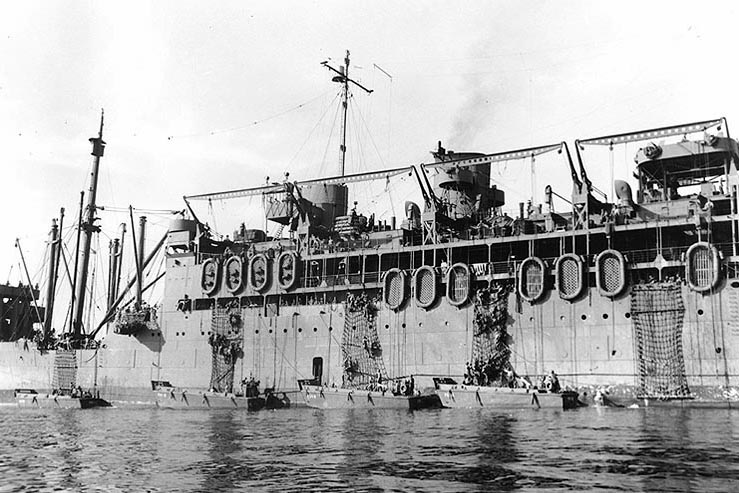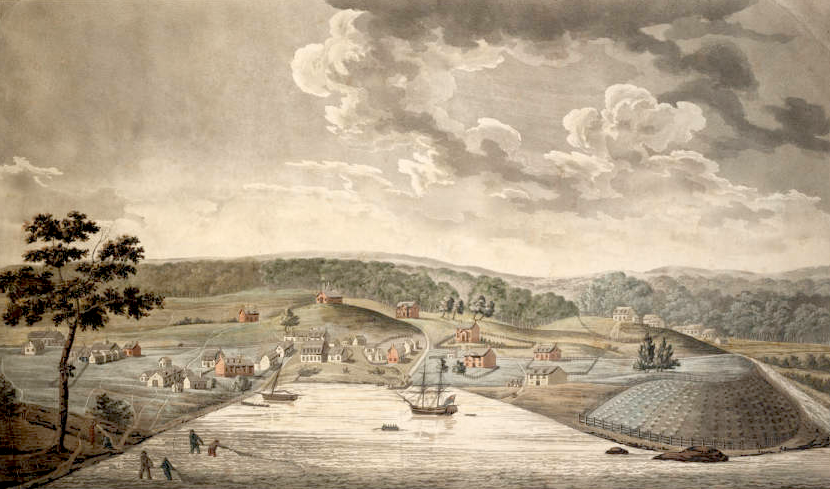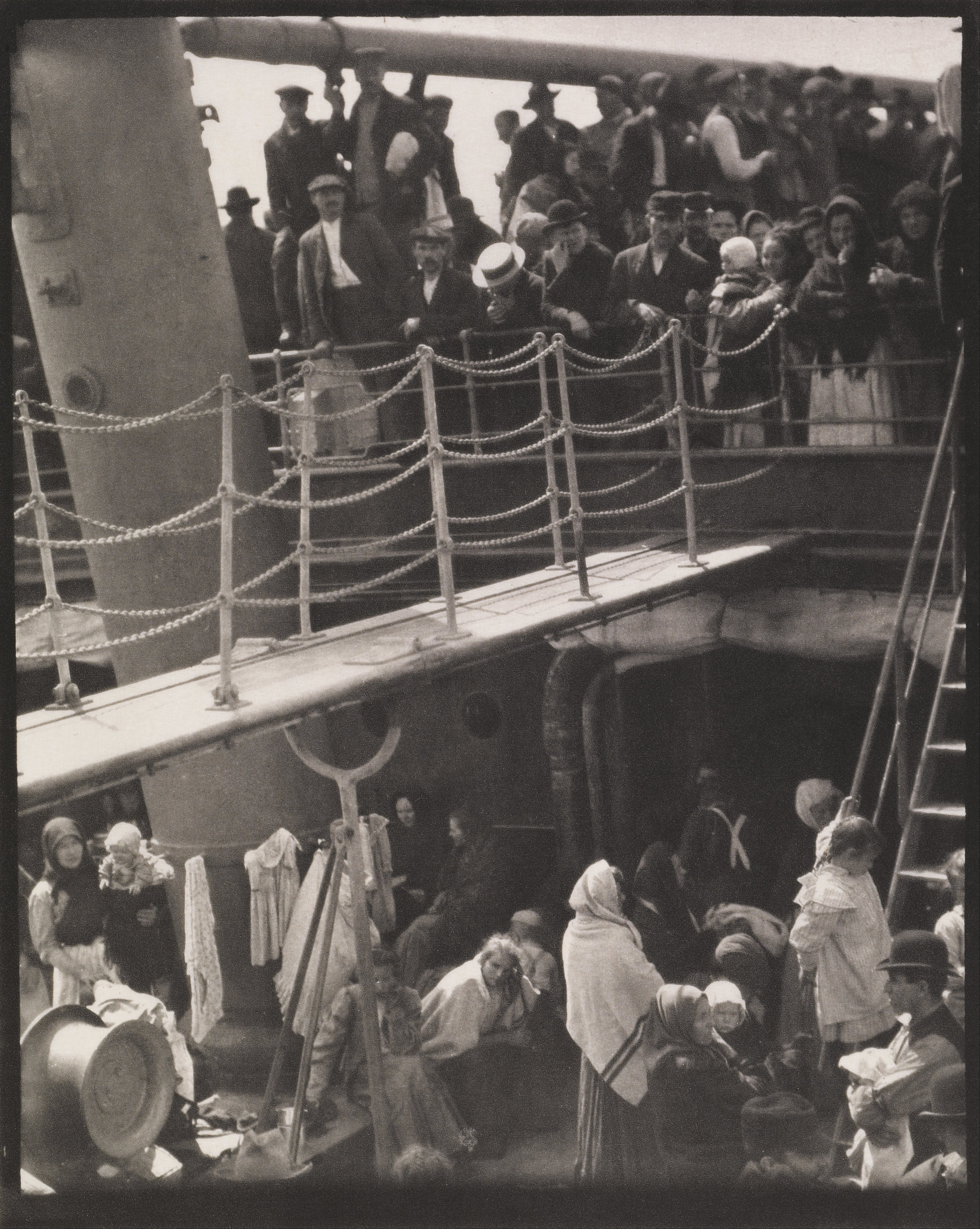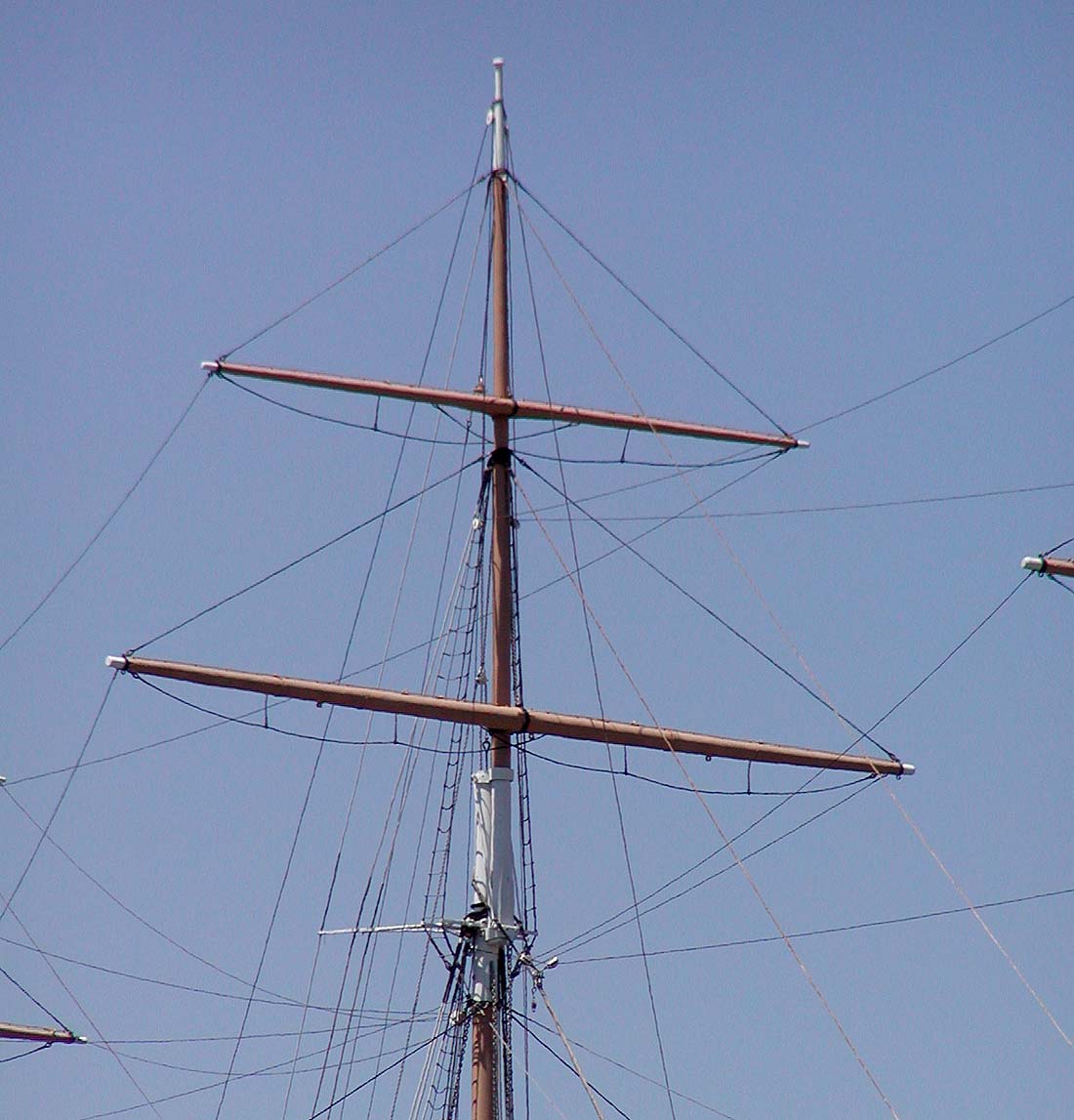|
SS Norseman (1897)
SS ''Norseman'' was a British cargo liner that was torpedoed by the German submarine in the Mediterranean Sea off Thessaloniki, Greece on 22 January 1916. The vessel was en route from Plymouth, United Kingdom to Thessaloniki , while carrying a varied cargo including about 1,100 mules and munitions. ''Norseman'' was subsequently beached at Moudros, Greece, and declared a total loss. She was scrapped in situ in 1920. Construction ''Norseman'' was launched on 27 November 1897 and completed in March 1898 at the Harland & Wolff Ltd. shipyard in Belfast, United Kingdom as ''Brasilia'' for the Hamburg America Line. The ship was long, had a beam of and had a depth of . She was assessed at and had two 4-cylinder quadruple expansion engines driving two screw propellers. The ship could generate 604 nominal horsepower, with a speed of . She was also fitted with four masts instead of two in 1899. Career ''Brasilia'' set out on its maiden voyage on 21 March 1898, sailing from Belfast, ... [...More Info...] [...Related Items...] OR: [Wikipedia] [Google] [Baidu] |
Hamburg America Line
The Hamburg-Amerikanische Packetfahrt-Actien-Gesellschaft (HAPAG), known in English as the Hamburg America Line, was a transatlantic shipping enterprise established in Hamburg, in 1847. Among those involved in its development were prominent German citizens such as Albert Ballin (director general), Adolph Godeffroy, Ferdinand Laeisz, Carl Woermann, August Bolten, and others, and its main financial backers were Berenberg Bank and H. J. Merck & Co. It soon developed into the largest German, and at times the world's largest, shipping company, serving the market created by German American#19th century, German immigration to the United States and later, immigration from Eastern Europe. On 1 September 1970, after 123 years of independent existence, HAPAG merged with the Bremen-based Norddeutscher Lloyd, North German Lloyd to form Hapag-Lloyd, Hapag-Lloyd AG, the international shipping and container transportation company. History Ports served In the early years, the Hamburg America ... [...More Info...] [...Related Items...] OR: [Wikipedia] [Google] [Baidu] |
Belfast
Belfast (, , , ; from ) is the capital city and principal port of Northern Ireland, standing on the banks of the River Lagan and connected to the open sea through Belfast Lough and the North Channel (Great Britain and Ireland), North Channel. It is the second-largest city in Ireland (after Dublin), with an estimated population of in , and a Belfast metropolitan area, metropolitan area population of 671,559. First chartered as an English settlement in 1613, the town's early growth was driven by an influx of Scottish people, Scottish Presbyterian Church in Ireland, Presbyterians. Their descendants' disaffection with Kingdom of Ireland, Ireland's Protestant Ascendancy, Anglican establishment contributed to the Irish Rebellion of 1798, rebellion of 1798, and to the Acts of Union 1800, union with Kingdom of Great Britain, Great Britain in 1800—later regarded as a key to the town's industrial transformation. When granted City status in the United Kingdom#Northern Ireland, city s ... [...More Info...] [...Related Items...] OR: [Wikipedia] [Google] [Baidu] |
Boers
Boers ( ; ; ) are the descendants of the proto Afrikaans-speaking Free Burghers of the eastern Cape frontier in Southern Africa during the 17th, 18th, and 19th centuries. From 1652 to 1795, the Dutch East India Company controlled the Dutch Cape Colony, which the United Kingdom incorporated into the British Empire in 1806. The name of the group is derived from Trekboer then later "boer", which means "farmer" in Dutch and Afrikaans. In addition, the term also applied to those who left the Cape Colony during the 19th century to colonise the Orange Free State, and the Transvaal (together known as the Boer Republics), and to a lesser extent Natal. They emigrated from the Cape to live beyond the reach of the British colonial administration, with their reasons for doing so primarily being the new Anglophone common law system being introduced into the Cape and the British abolition of slavery in 1833. The term ''Afrikaners'' or ''Afrikaans people'' is generally used in moder ... [...More Info...] [...Related Items...] OR: [Wikipedia] [Google] [Baidu] |
British Army During The Victorian Era
The British Army during the Victorian era served through a period of great technological and social change. Queen Victoria ascended the throne in 1837, and died in 1901. Her long reign was marked by the steady expansion and consolidation of the British Empire, rapid industrialisation and the enactment of liberal reforms by both Liberal and Conservative governments within Britain. The British Army began the period with few differences from the British Army of the Napoleonic Wars that won at Waterloo. There were three main periods of the Army's development during the era. From the end of the Napoleonic Wars to the mid-1850s, the Duke of Wellington and his successors attempted to maintain its organisation and tactics as they had been in 1815, with only minor changes. In 1854, the Crimean War, and the Indian Rebellion of 1857 highlighted the shortcomings of the Army, but entrenched interests prevented major reforms from taking place. From 1868 to 1881, sweeping changes were mad ... [...More Info...] [...Related Items...] OR: [Wikipedia] [Google] [Baidu] |
Cavalry
Historically, cavalry (from the French word ''cavalerie'', itself derived from ''cheval'' meaning "horse") are groups of soldiers or warriors who Horses in warfare, fight mounted on horseback. Until the 20th century, cavalry were the most mobile of the combat arms, operating as light cavalry in the roles of reconnaissance, Screening (tactical), screening, and skirmisher, skirmishing, or as heavy cavalry for decisive economy of force and shock attacks. An individual soldier in the cavalry is known by a number of designations depending on era and tactics, such as a cavalryman, Equestrianism, horseman, trooper (rank), trooper, cataphract, knight, Drabant Corps of Charles XII, drabant, hussar, uhlan, mamluk, cuirassier, lancer, dragoon, samurai or horse archer. The designation of ''cavalry'' was not usually given to any Military animal, military forces that used other animals or platforms for mounts, such as chariots, Camel cavalry, camels or War elephant, elephants. Infantry who m ... [...More Info...] [...Related Items...] OR: [Wikipedia] [Google] [Baidu] |
Troopship
A troopship (also troop ship or troop transport or trooper) is a ship used to carry soldiers, either in peacetime or wartime. Troopships were often drafted from commercial shipping fleets, and were unable to land troops directly on shore, typically loading and unloading at a seaport or onto smaller vessels, either Ship's tender, tenders or barges. Attack transports, a variant of ocean-going troopship adapted to transporting invasion forces ashore, carry their own fleet of landing craft. Landing ships beach themselves and bring their troops directly ashore. History Ships to transport troops were used in antiquity. Ancient Rome used the navis lusoria, a small vessel powered by rowers and sail, to move soldiers on the Rhine and Danube. The modern troopship has as long a history as passenger ships do, as most maritime nations enlisted their support in military operations (either by leasing the vessels or by impressing them into service) when their normal naval forces were deemed ... [...More Info...] [...Related Items...] OR: [Wikipedia] [Google] [Baidu] |
Harland & Wolff
Harland & Wolff Holdings plc is a British shipbuilding and Metal fabrication, fabrication company headquartered in London with sites in Belfast, Arnish yard, Arnish, Appledore, Torridge, Appledore and Methil. It specialises in ship repair, shipbuilding and offshore construction. Today, the company is focused on supporting five sectors: Navy, Defence, Petroleum industry, Energy, Cruise ship, Cruise & Ferry, Renewable energy, Renewables and Maritime transport, Commercial. It offers services including technical services, fabrication & construction, repair & maintenance, in-service support, conversion and decommissioning. Having entered administration (law), administration for the second time in five years, it was bought by Navantia in January 2025. Overview Harland & Wolff is famous for having built the majority of the ocean liners for the White Star Line, including Olympic-class ocean liner, ''Olympic''-class trio – , and HMHS Britannic, HMHS ''Britannic''. Outside of White ... [...More Info...] [...Related Items...] OR: [Wikipedia] [Google] [Baidu] |
Baltimore
Baltimore is the most populous city in the U.S. state of Maryland. With a population of 585,708 at the 2020 census and estimated at 568,271 in 2024, it is the 30th-most populous U.S. city. The Baltimore metropolitan area is the 20th-largest metropolitan area in the country at 2.84 million residents. The city is also part of the Washington–Baltimore combined statistical area, which had a population of 9.97 million in 2020. Baltimore was designated as an independent city by the Constitution of Maryland in 1851. Though not located under the jurisdiction of any county in the state, it forms part of the central Maryland region together with the surrounding county that shares its name. The land that is present-day Baltimore was used as hunting ground by Paleo-Indians. In the early 1600s, the Susquehannock began to hunt there. People from the Province of Maryland established the Port of Baltimore in 1706 to support the tobacco trade with Europe and established the Town ... [...More Info...] [...Related Items...] OR: [Wikipedia] [Google] [Baidu] |
Hamburg
Hamburg (, ; ), officially the Free and Hanseatic City of Hamburg,. is the List of cities in Germany by population, second-largest city in Germany after Berlin and List of cities in the European Union by population within city limits, 7th-largest in the European Union with a population of over 1.9 million. The Hamburg Metropolitan Region has a population of over 5.1 million and is the List of EU metropolitan areas by GDP, eighth-largest metropolitan region by GDP in the European Union. At the southern tip of the Jutland Peninsula, Hamburg stands on the branching River Elbe at the head of a estuary to the North Sea, on the mouth of the Alster and Bille (Elbe), Bille. Hamburg is one of Germany's three city-states alongside Berlin and Bremen (state), Bremen, and is surrounded by Schleswig-Holstein to the north and Lower Saxony to the south. The Port of Hamburg is Germany's largest and Europe's List of busiest ports in Europe, third-largest, after Port of Rotterdam, Rotterda ... [...More Info...] [...Related Items...] OR: [Wikipedia] [Google] [Baidu] |
Steerage
Steerage is a term for the lowest category of passenger accommodation in a ship. In the nineteenth and early twentieth century, considerable numbers of persons travelled from their homeland to seek a new life elsewhere, in many cases North America and Australia. Many of those people were destitute in their homeland and had the minimum of resources to procure transportation. The term later widened to imply the lowest category of accommodation on a passenger vessel. Steerage class travel Steerage refers to the lowest possible category of long-distance steamer travel. It was available to very poor people, usually emigrants seeking a new life in the New World, chiefly North America and Australia. In many cases, these people had no financial resources and were attempting to escape destitution at home. Consequently, they needed transportation at an absolute minimum cost. In many cases they provided their own bedding and food. Steerage was very cramped and there was hardly any room fo ... [...More Info...] [...Related Items...] OR: [Wikipedia] [Google] [Baidu] |
Mast (sailing)
The mast of a sailing vessel is a tall spar, or arrangement of spars, erected more or less vertically on the median line of a ship or boat. Its purposes include carrying sails, spars, and derricks, giving necessary height to a navigation light, look-out position, signal yard, control position, radio aerial, or signal lamp. Large ships have several masts, with the size and configuration depending on the style of ship. Nearly all sailing masts are guyed. Until the mid-19th century, all vessels' masts were made of wood formed from a single or several pieces of timber which typically consisted of the trunk of a conifer tree. From the 16th century, vessels were often built of a size requiring masts taller and thicker than from single tree trunks. On these larger vessels, to achieve the required height, the masts were built from up to four sections (also called masts). From lowest to highest, these were called: lower, top, topgallant, and royal masts. Giving the lower section ... [...More Info...] [...Related Items...] OR: [Wikipedia] [Google] [Baidu] |
Nominal Horsepower
Horsepower (hp) is a unit of measurement of power, or the rate at which work is done, usually in reference to the output of engines or motors. There are many different standards and types of horsepower. Two common definitions used today are the imperial horsepower as in "hp" or "bhp" which is about , and the metric horsepower as in "cv" or "PS" which is approximately . The electric horsepower "hpE" is exactly , while the boiler horsepower is 9809.5 or 9811 watts, depending on the exact year. The term was adopted in the late 18th century by Scottish engineer James Watt to compare the output of steam engines with the power of draft horses. It was later expanded to include the output power of other power-generating machinery such as piston engines, turbines, and electric motors. The definition of the unit varied among geographical regions. Most countries now use the SI unit watt for measurement of power. With the implementation of the EU Directive 80/181/EEC on 1 January 2010, ... [...More Info...] [...Related Items...] OR: [Wikipedia] [Google] [Baidu] |









